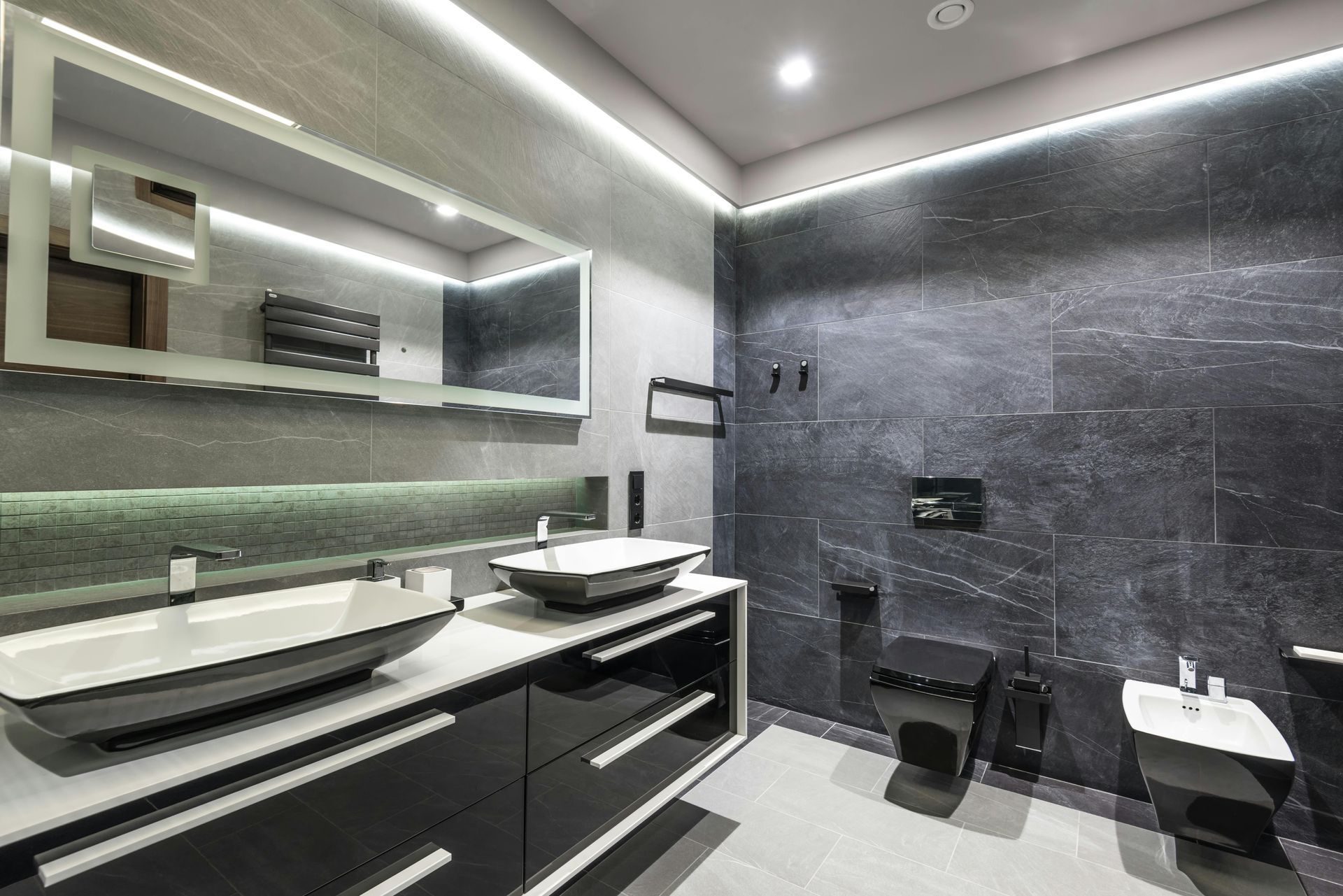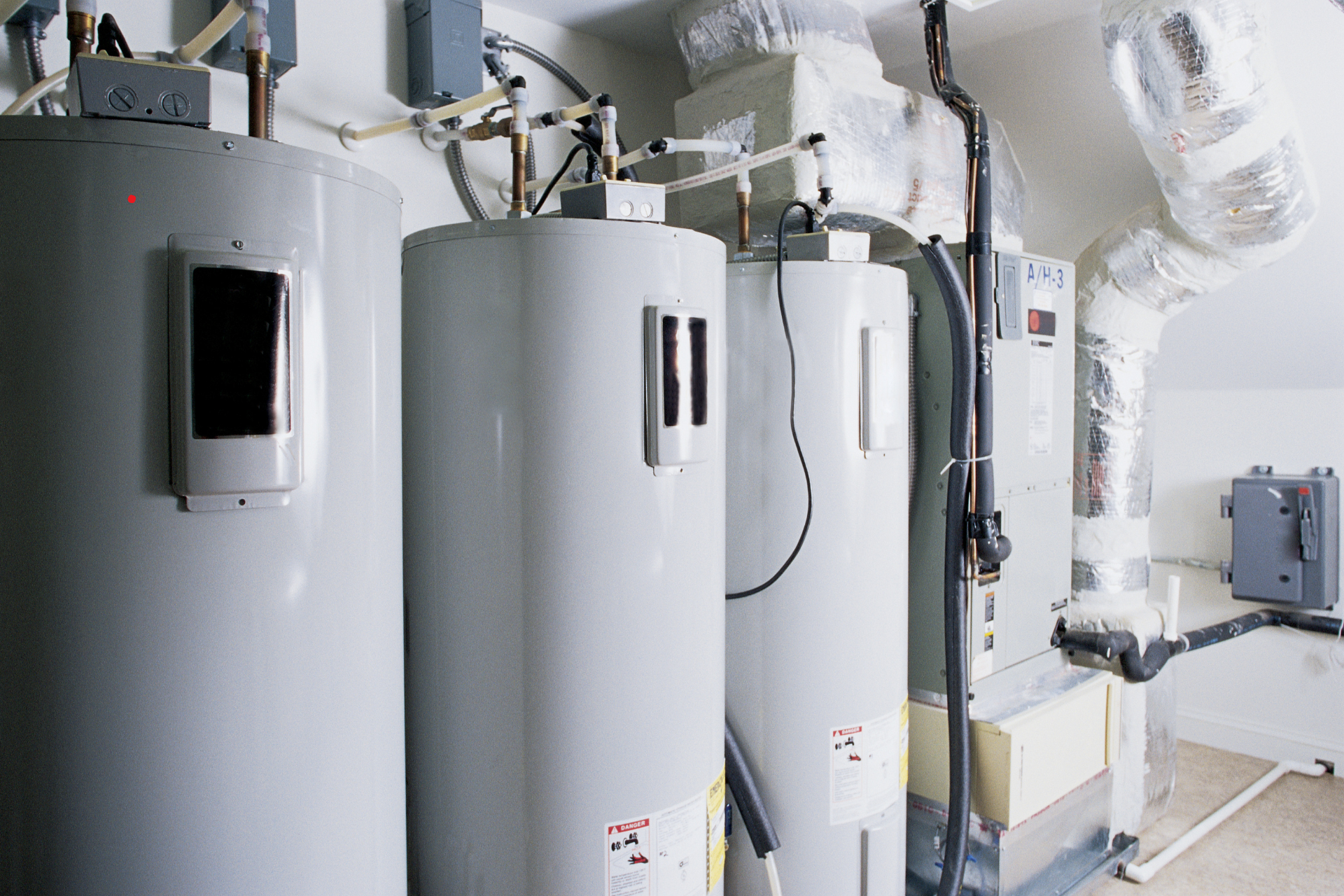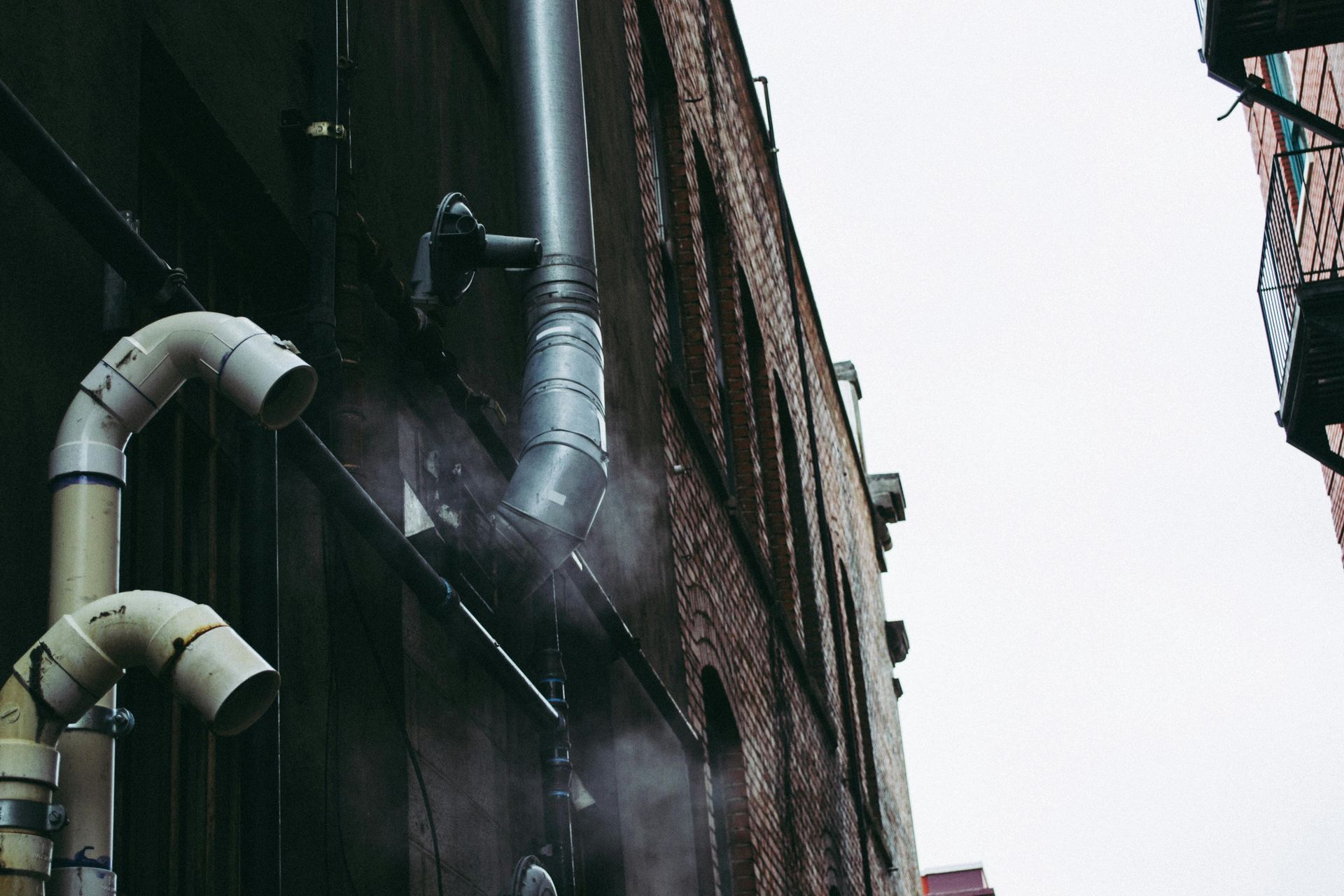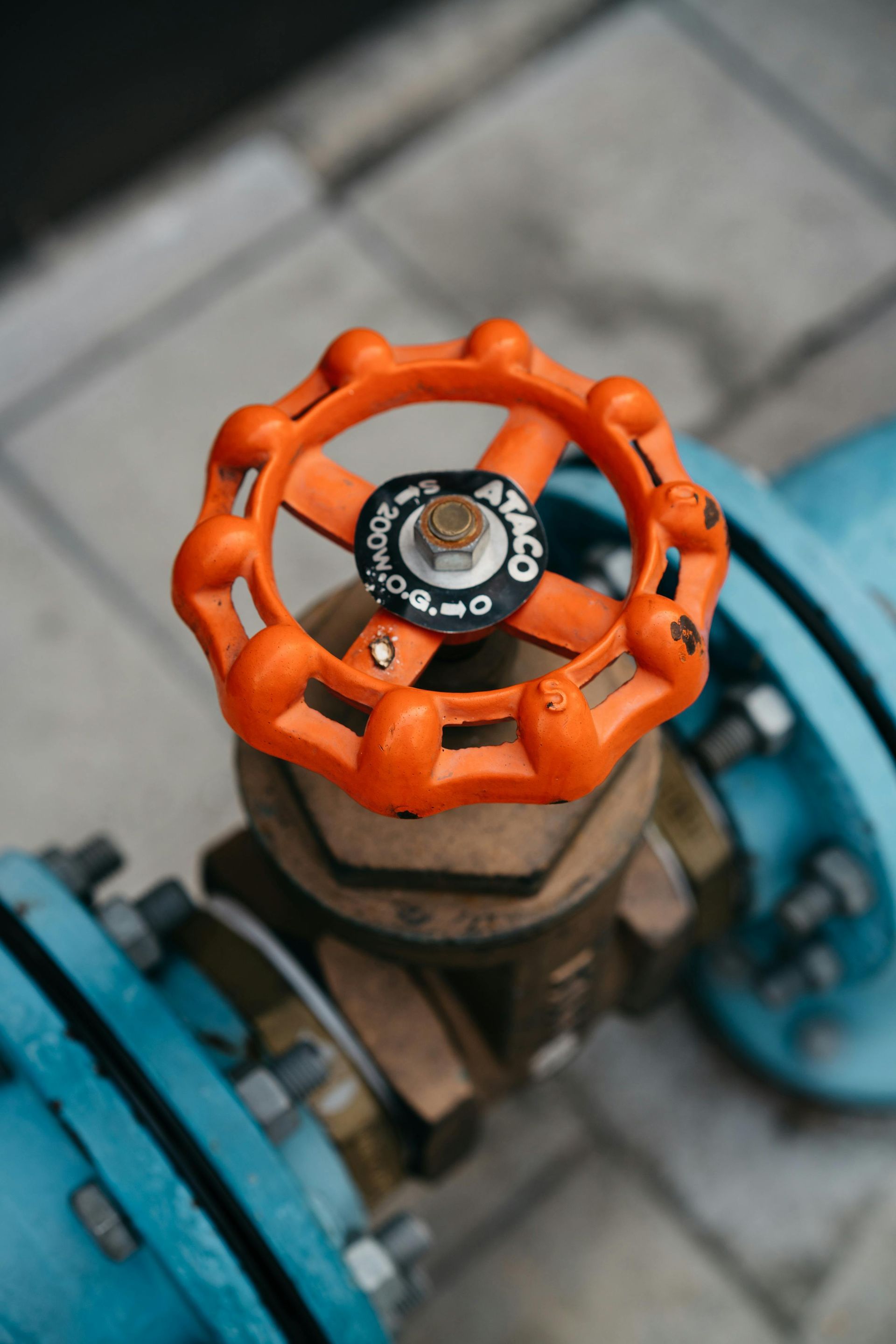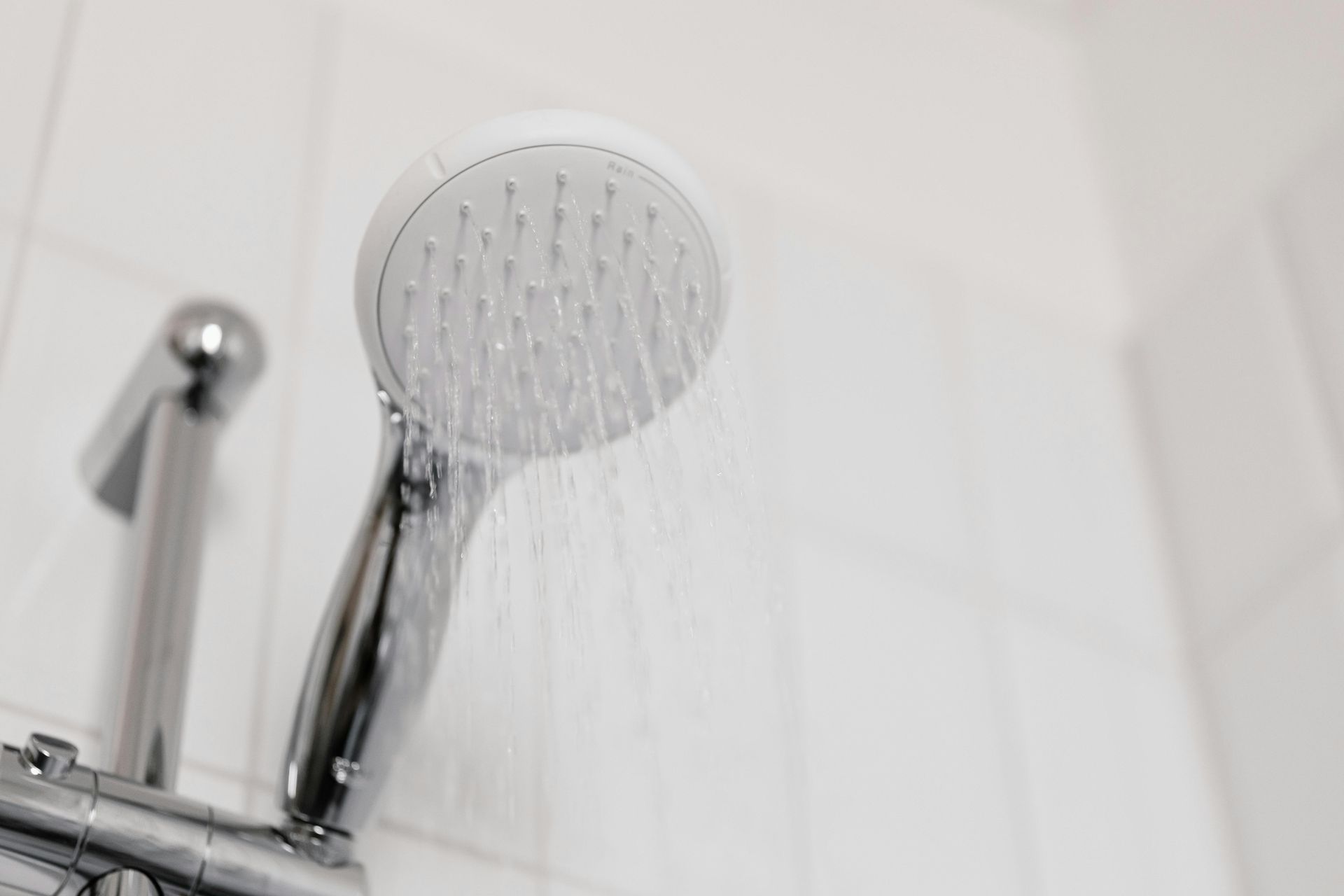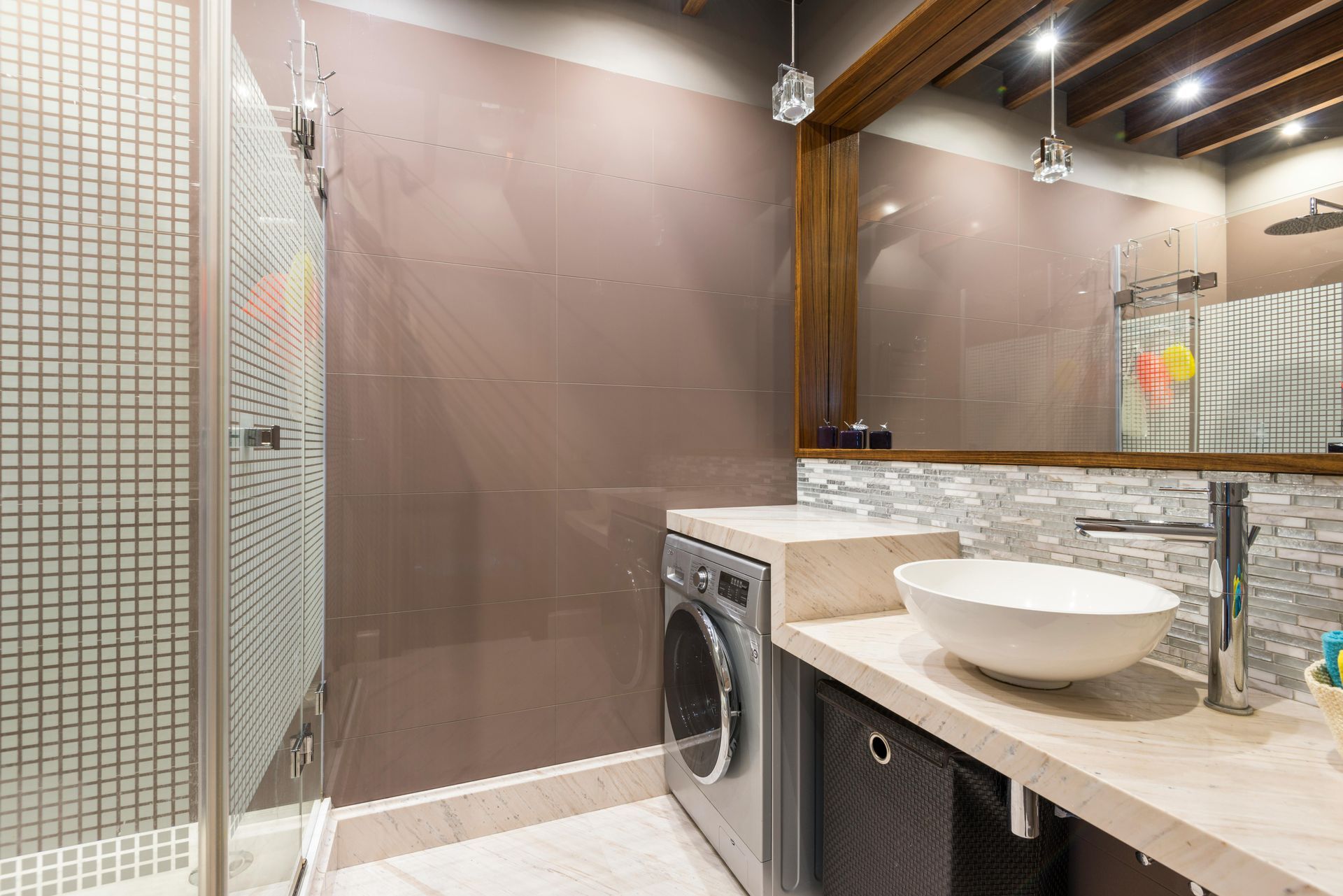Why Hairline Cracks Appear in Toilet Bowls and What They Mean
Toilet bowls are built to be durable, but they’re not immune to damage. One of the most overlooked yet concerning issues is a hairline crack in the toilet bowl. Though these fractures may seem harmless at first, they can signal deeper structural problems and pose risks if left unaddressed.
What Does a Toilet Bowl Crack Look Like?
A cracked toilet bowl often reveals itself as a fine line either inside the bowl or at its base. These hairline cracks are typically thin and barely visible but may become more prominent with time. Some homeowners notice them only when cleaning or after unexplained water leakage around the toilet.
Cracks can develop:
- Inside the bowl – where water is held
- At the base – around the floor or mounting area
- On the surface – near the rim or internal curve
The most common form is a hairline crack inside the toilet bowl, which may not leak right away but can expand under pressure or temperature changes.
What Causes Hairline Cracks in Toilet Bowls?
Toilet bowls are made of porcelain or vitreous china, which is tough but brittle. Here are some common causes behind toilet bowl cracks:
- Sudden Impact
Dropping a heavy object—like a shampoo bottle or lid—can cause a nearly invisible fracture that spreads over time. - Temperature Stress
Pouring very hot water into a cold bowl can cause thermal shock. The sudden temperature difference may create internal stress, leading to a crack inside the toilet bowl. - Manufacturing Defects
Occasionally, toilets leave the factory with hidden flaws in the glaze or structure. These weak points can turn into hairline cracks after months or years of use. - Aging and Material Fatigue
Over time, even high-quality porcelain can develop toilet bowl cracks, especially with repeated exposure to cleaning chemicals or shifting weight. - Overtightened Seat Bolts
If bolts holding the seat or bowl are too tight, stress may build in the ceramic, resulting in fine cracks—especially near the rear of the bowl.

Why Cracks in the Bowl Matter
A crack in the toilet bowl might seem like a small cosmetic issue, but it can lead to more serious consequences. Water seeping through can damage your floor, promote mold growth, or cause odors. Worse, an unnoticed crack may suddenly expand, leading to a complete failure of the bowl.
Early signs to watch for:
- Damp spots around the toilet base
- Sudden water loss from the bowl
- Visible lines inside the ceramic
- Slight wobbling or instability
Should You Be Concerned?
Yes—especially if the hairline crack in the toilet bowl appears to be growing or is located below the waterline. These cracks can compromise the structural integrity of the toilet and should not be ignored.
At Fly Plumbing, we always recommend having any visible damage assessed by a qualified plumber. Our team is trained to identify whether a toilet is safe to use or should be replaced.
Frequently Asked Questions
Are hairline cracks in toilet bowls dangerous?
While they may appear minor, hairline cracks can weaken the bowl structure over time and lead to leaks or sudden breakage. It's best to monitor them closely.
What causes a hairline crack inside a toilet bowl?
Common causes include impact from dropped objects, sudden temperature changes, manufacturing defects, or aging ceramic materials.
Can a toilet bowl crack on its own?
Yes. Even without visible damage, long-term stress, material fatigue, or improper installation can lead to spontaneous cracking.

